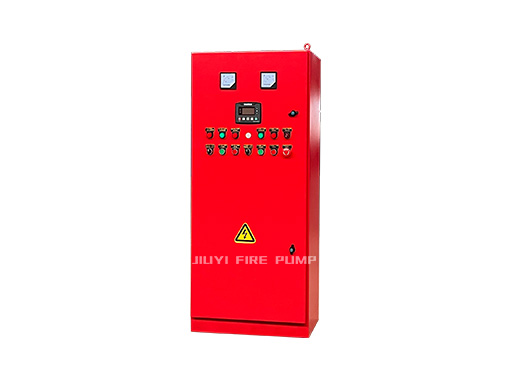
In recent years, the integration of technology into fire protection systems has revolutionized how we approach fire safety. Smart fire pump systems, equipped with advanced monitoring, control capabilities, and connectivity features, are transforming the landscape of fire protection. These intelligent systems not only enhance the reliability and efficiency of fire pumps but also provide a host of benefits that can significantly improve overall safety. In this article, we will explore the advantages of smart fire pump systems and why they are becoming essential in modern fire protection strategies.
Smart fire pump systems are equipped with sensors that continuously monitor key parameters such as pressure, flow rate, and pump performance. This real-time data allows for immediate identification of any anomalies or performance issues.
With advanced analytics, smart systems can predict potential failures before they occur. By analyzing data trends, facility managers can schedule maintenance proactively, reducing the risk of unexpected breakdowns and ensuring that pumps are always ready for action.
Smart fire pump systems can send instant notifications to facility managers or maintenance personnel when an issue arises. This rapid alert system ensures that problems are addressed quickly, minimizing downtime and enhancing overall safety.
Many smart fire pump systems offer remote access capabilities, allowing authorized personnel to monitor and control the system from anywhere. This feature is particularly valuable during emergencies when immediate decisions may be required.
Smart systems can adjust pump operation based on real-time demand, ensuring that energy is used efficiently. For example, if water demand decreases, the system can automatically reduce pump speed, conserving energy and prolonging the lifespan of the equipment.
By optimizing performance and reducing energy consumption, smart fire pump systems can significantly lower operating costs. This not only benefits the facility financially but also reduces the environmental impact.
Smart fire pump systems can be programmed to ensure compliance with local fire codes and standards. They can generate reports and logs automatically, simplifying the documentation process required for inspections and audits.
With continuous monitoring and predictive maintenance capabilities, smart fire pump systems enhance the overall reliability of fire protection measures. This reliability is crucial for ensuring the safety of occupants and minimizing property damage during emergencies.
Smart fire pump systems can be integrated with other building management systems, such as fire alarms and HVAC systems. This centralized approach allows for streamlined operations and improved coordination during emergencies.
Integration with other systems enables the sharing of data across platforms, providing a comprehensive view of building safety. This data can be analyzed to identify trends, assess risks, and improve overall fire protection strategies.
Many smart fire pump systems come with intuitive interfaces that make it easier for personnel to operate and monitor the system. This ease of use can lead to better training and more effective emergency response.
Smart systems allow users to customize alerts based on specific needs or preferences. This flexibility ensures that the right people receive the right information at the right time, further enhancing safety.
Smart fire pump systems represent a significant advancement in fire protection technology, offering numerous benefits that enhance safety, efficiency, and reliability. By utilizing real-time monitoring, predictive maintenance, and integration with other systems, these intelligent solutions provide a proactive approach to fire safety that is essential in today’s complex environments.
Investing in smart fire pump systems not only ensures compliance with regulations but also protects lives and property through improved response capabilities and operational efficiency. As the fire protection landscape continues to evolve, embracing smart technology will be key to staying ahead of potential risks and ensuring the highest level of safety for all.